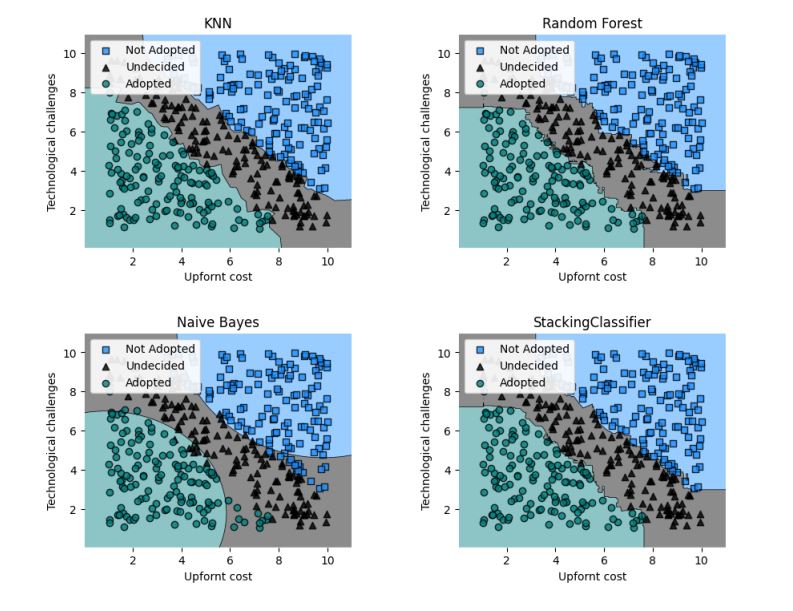Determining the Drivers and Barriers to the Adoption of Smart Vending Machine
Keywords:
Adoption, Barriers, Drivers, IoT, Smart vending machine, Stacking classifierAbstract
The Internet of Things (IoT) revolution is revolutionizing numerous industries, including the vending machine industry. Smart vending machines are one example of how the Internet of Things is altering the way vending machines operate. Smart vending machines can do functions other than merely dispatching products in exchange for payment by combining modern technologies such as internet connectivity and touch screens. They can make purchasing more convenient for customers, track inventories in real-time, and even take mobile payments using a smartphone app. By surveying 412 business owners, this study employed a stacking classifier to analyze the determinants of smart vending machine adoption. The findings indicate that improved security and safety, as well as the decrease in operational costs, are the primary drivers of adoption among firms that have adopted the smart vending machine. Smart vending machines can be equipped with security cameras and alarms to deter theft and vandalism, as well as to prevent contamination or tampering. This can help to improve the vending machine's general security and safety, as well as the products it dispenses. By automating processes such as inventory management and refilling, smart vending machines can also help to minimize operating expenses. This can save the operator time and money. This study's findings also revealed that the primary barriers to adoption are upfront costs and technological challenges. The initial cost of purchasing and installing a Smart vending machine might be too expensive, particularly for SMEs. Operators may be required to spend on technical help and training in order to successfully use and maintain this equipment. The future of vending machines is expected to witness a steady move toward Smart vending machines. As sophisticated technology becomes more widely accessible and inexpensive, more operators are likely to realize it and make the switch.

Downloads
Published
How to Cite
Issue
Section
License
Copyright (c) 2020 ResearchBerg

This work is licensed under a Creative Commons Attribution-NonCommercial-NoDerivatives 4.0 International License.




